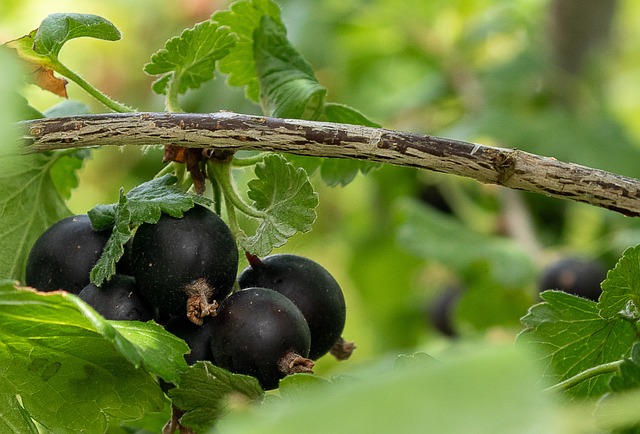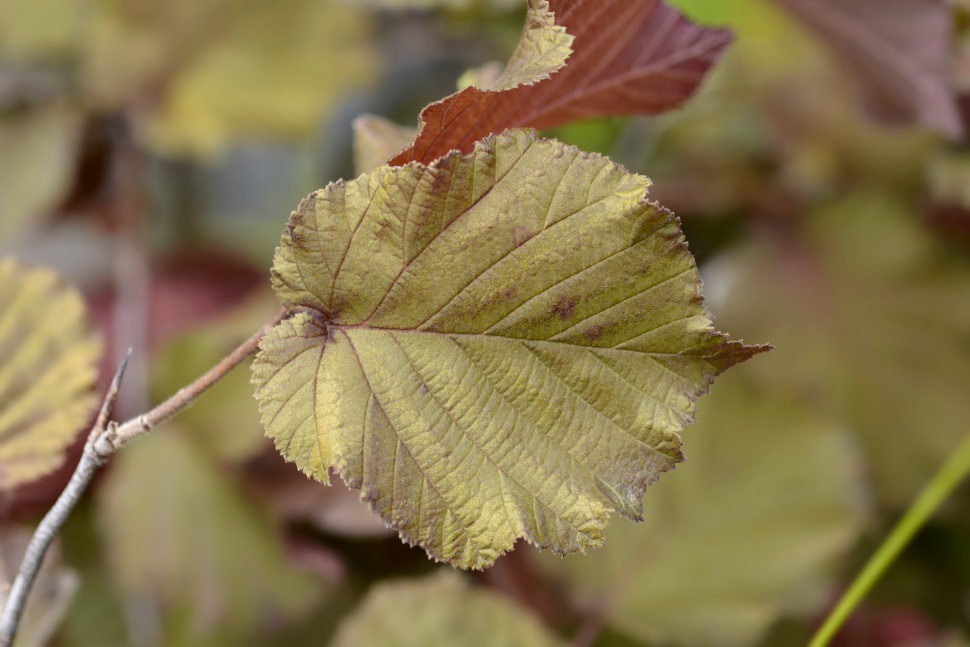Tayberry, Josta and Lambert red represent interesting fruit and hazelnut varieties. These are valued for their specific characteristics, but have not become widely commercialized. So let’s find out everything about them today.
Tayberry first
Tayberry is a hybrid of the “Aurora” blackberry and the red raspberry. This fruit is resistant to frost because it blooms later in the season, and the fruits are large, cone-shaped, dark red to dark purple in color. The weight of the fruit varies depending on the conditions, and the harvest lasts from July to the end of summer. The fruits are used fresh, frozen or processed into jams, while harvesting is done by hand due to the soft structure of the fruit. Tayberry is recommended to be grown on a wire for better ventilation and lighting. A lush plant with good immunity to diseases comes in several varieties, and those without thorns are preferred.

At the same time, Jost
Josta is the result of crossing black currant and gooseberry, with the name derived from the German words for these plants. Vegetation begins in early spring, and flowering in mid-spring. The fruits are dark purple, with a mild taste, between gooseberries and black currants, with the dominant taste of gooseberries when unripe. It is also rich in vitamin C, and the harvest lasts during the summer. Each bush can produce up to 5 kg of fruit, but success depends on weather conditions. Although resistant to most diseases, it requires regular weed control due to its shallow roots. The plant grows up to 2.5 m and has no thorns, but it attracts birds that often damage the fruits.

And finally Lambert
Lambert red is a decorative and fruitful variety of Lombardy hazel. This variety stands out for its oval red leaves, which makes it popular for ornamental purposes. The fruits ripen in September and are gathered in groups of 1 to 7, sometimes up to 10. The skin of the fruit is longer than the core, of medium hardness, with an attractive striped surface. The kernel is small, with an average weight of 0.66 g, with a red skin. Although the variety is decorative, it produces high-quality fruits.
All three plants are interesting for small plantations and hobby growers because of their specific characteristics, but they have not gained significant commercial application. Their disease resistance, tasty fruit and decorative value make them a desirable addition to yards and small orchards.
Source: Good morning
Source: boljazemlja.com


